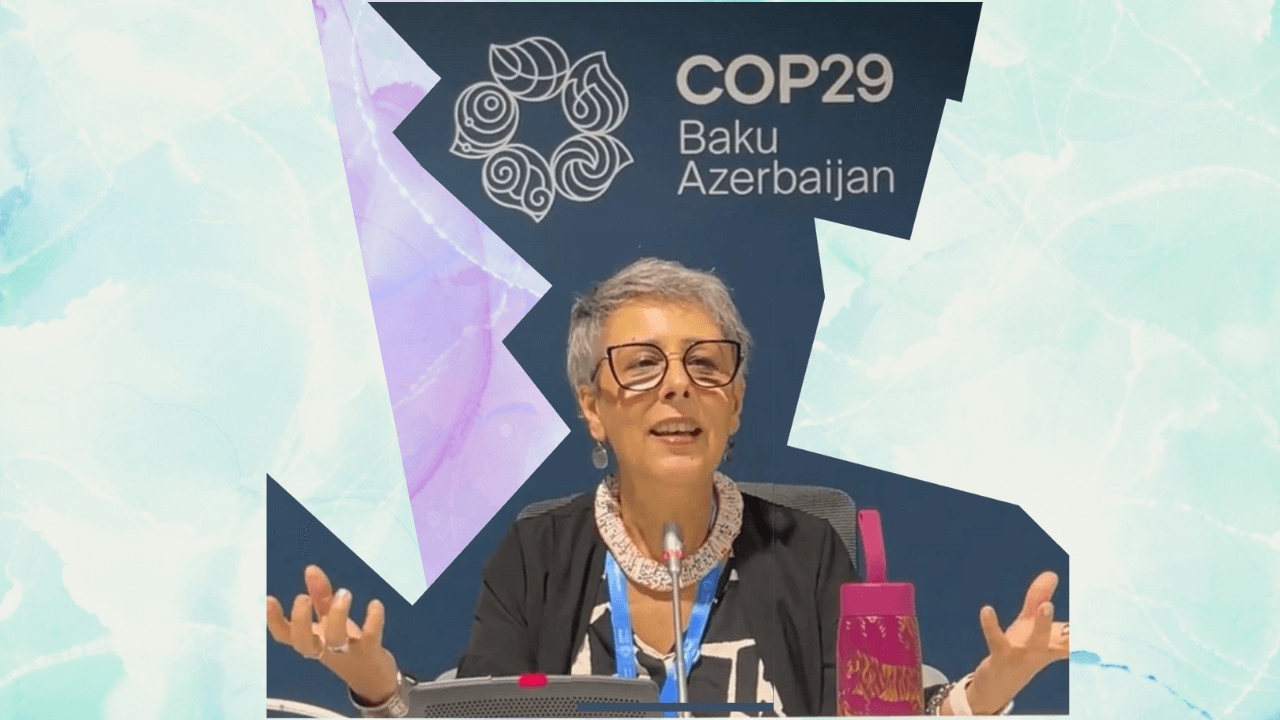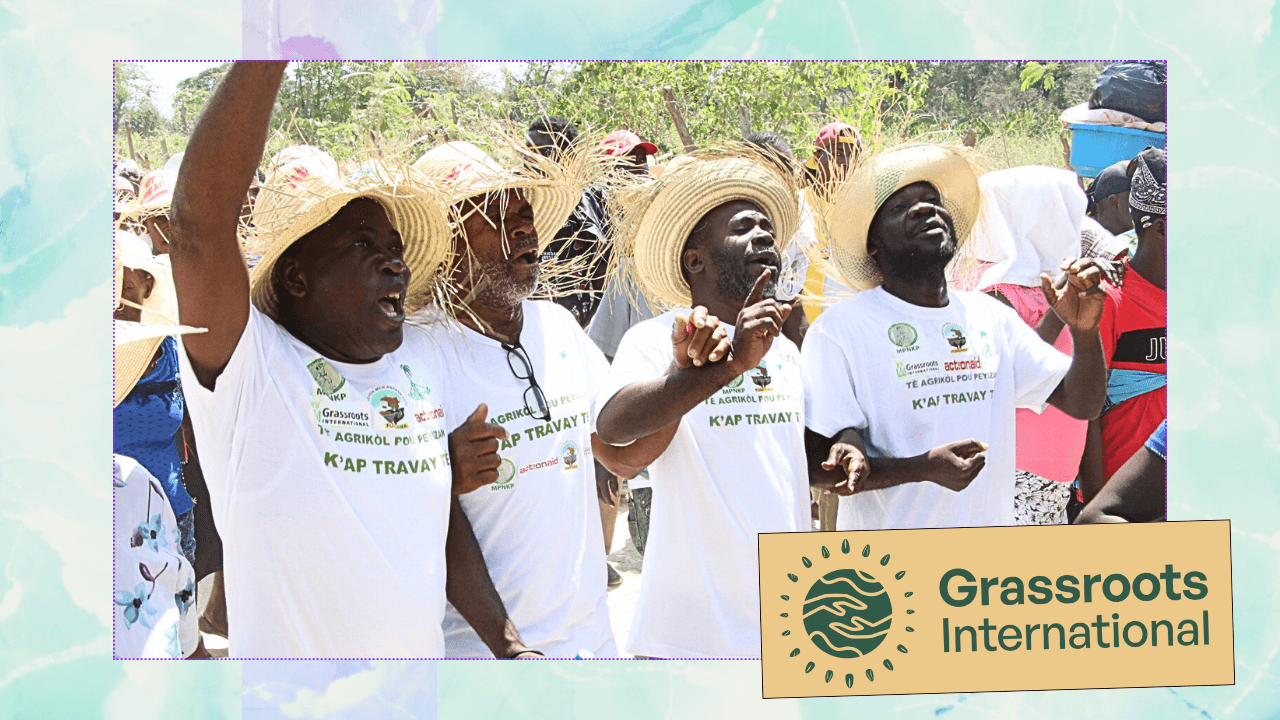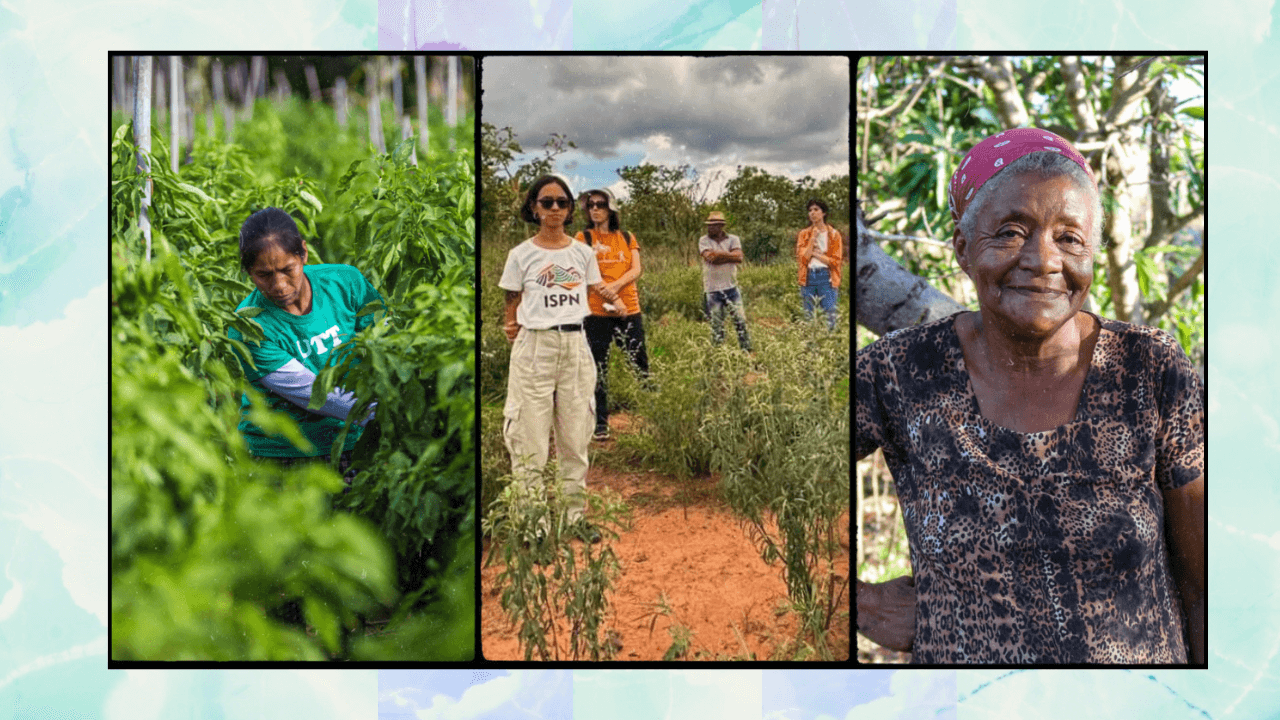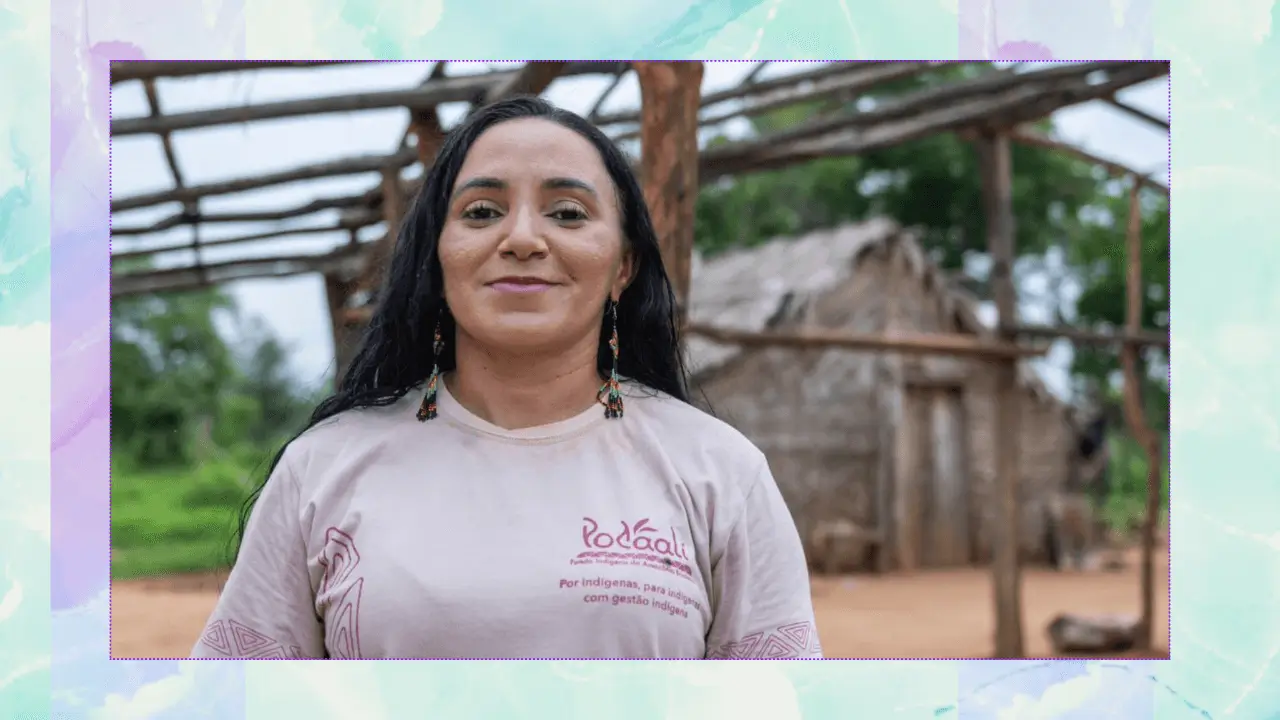In conversations about funding agroecology and grassroots environmental work in the Global South, one word comes up over and over again: “intermediaries.”
Funders ask how to reduce them. Critics accuse them of overhead. And frontline groups are told, again and again, that it’s too risky to fund them directly – so better to go through intermediaries.
But here’s the thing: we’re not intermediaries.
At least, not in the way the word is used in philanthropy. When my colleagues and I at CASA Socio-Environmental Fund are lumped into this category, it misrepresents who we are — and what we’re doing.
Our fund, and others like it, weren’t created as financial middlemen. We were created by movements. We are not a layer; we are the ground.

The term “intermediary” is functional: it describes an actor that receives money and passes it along. But it says nothing about intention, origin, or accountability. And in many languages, including Portuguese and Spanish, the word “intermediário” suggests something far worse: a middleman who takes advantage of both ends of a transaction.
This language masks critical differences in the ecosystem of grassroots funding. It erases the unique role played by local, activist, and movement-rooted funds like CASA – and in doing so, it risks underfunding the very infrastructure agroecology needs to thrive.
The Human Rights Funders Network’s Trust Gap report offers helpful alternative language here. They distinguish between two types of Global South-facing funders: solidarity funders, mostly based in the Global North, who move resources to movements abroad; and activist funds, which are born of those movements themselves — designed, staffed, and governed by the people whose communities are on the frontlines. That distinction matters. One sends necessary support from afar. The other lives the struggle daily.
My fund, CASA, is an activist fund. We emerged from decades of environmental activism across South America’s biomes, like the Amazon, Cerrado, Pantanal, Atlantic Forest and others.
When we launched, we knew we couldn’t just import a system of philanthropy. We had to design one from scratch, based on deep knowledge of local networks and realities and what they truly need, in the scale that is needed. To do this you must be able to adapt constantly to context changes, to be flexible to redesign on the go when things get tough and emergencies arise.
Over time, we realized that it would be best to have funds inside each country, because that way the local communities could have resources faster and also adapted to their realities. We helped others in South America do the same – like the many of the members of the Alianza Socioambiental Fondos del Sur. We have also been supporting the new territorial and community foundations in Brazil to get stronger, supporting collaboration among local funds and other collectives.
A different model of resourcing
This work doesn’t fit the old model of international aid. We don’t have a headquarters in Geneva or DC. We don’t parachute in for site visits. We operate in local currency. We’re part of the same social fabric as the communities we fund.
Unlike Global North-based funders, we don’t have to travel thousands of miles to meet our grantees – we already know them. Our office is modest, our salaries are local, and our trust is hard-earned. We make 70–85% of our annual budget in grants. We don’t do this because we’re cutting corners. We do it because we were built to get money where it needs to go – not to accumulate overhead. And that makes us more cost-effective, faster, and more accountable.
We’re not asking to replace international funders. Solidarity funders still play a critical role. But it’s time to draw clearer lines. A fund created in Boston to support disability rights in Africa is not the same as a fund created in Acre or Bahia to serve its own people. Both are needed — but they should not be classified, funded, or evaluated as if they are the same.
Some funders worry about scale. They ask if local funds like ours can absorb larger investments. But agroecology isn’t a boutique initiative – it’s a blueprint for planetary survival. That means we need to think at scale. We need funding structures that can move thousands of small grants, year after year, in a way that builds long-term capacity and shifts power. That’s what we’re doing at CASA, where we recently launched a US$9.6 million fund to support grassroots organizations.
We don’t need more layers of trust. We need more trust in the layers that already exist.
Philanthropy likes to talk about trust. But trust isn’t just about being nice or writing fewer reports. As the Trust Gap report shows, less than 1% of global human rights funding is granted by funders in the Global South and East – yet local and regional foundations like ours move almost all of their resources within the region. We don’t need more layers of trust. We need more trust in the layers that already exist.
So what do we need? We need funders to stop treating local funds as intermediaries and start treating us as the infrastructure we are. That means long-term commitments. It means capital – not just for regranting, but for resilience. It means understanding that funding agroecology isn’t about scaling a program. It’s about rooting a movement.
Agroecology demands a new way of moving resources. One rooted in proximity, trust, and belonging. That starts by calling things what they are – and funding them accordingly.



%20(1280%20x%20720%20px)%20(44)%20(1).png)
%20(1280%20x%20720%20px)%20(34).webp)
%20(1280%20x%20720%20px)%20(37).png)



.webp)
.webp)


